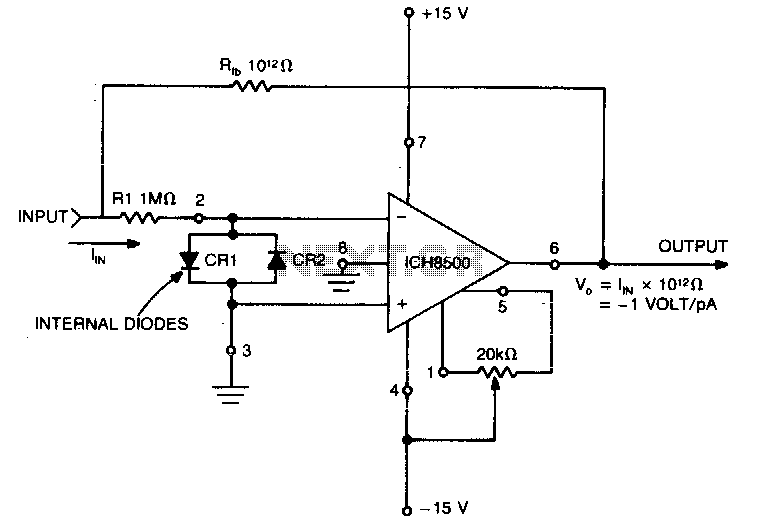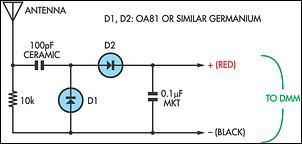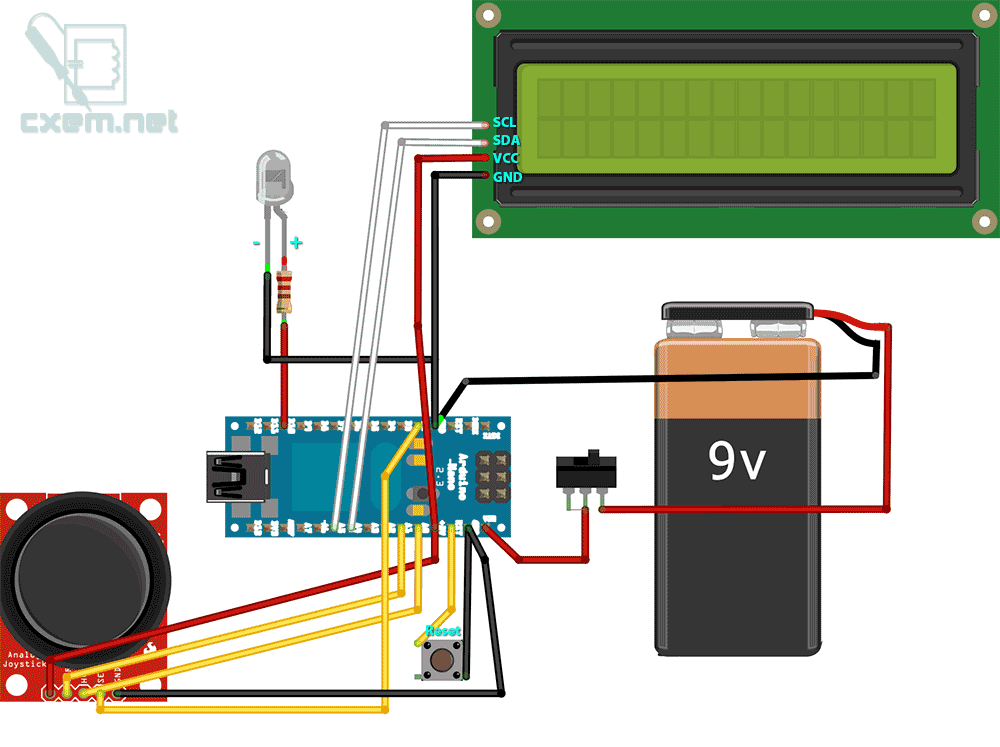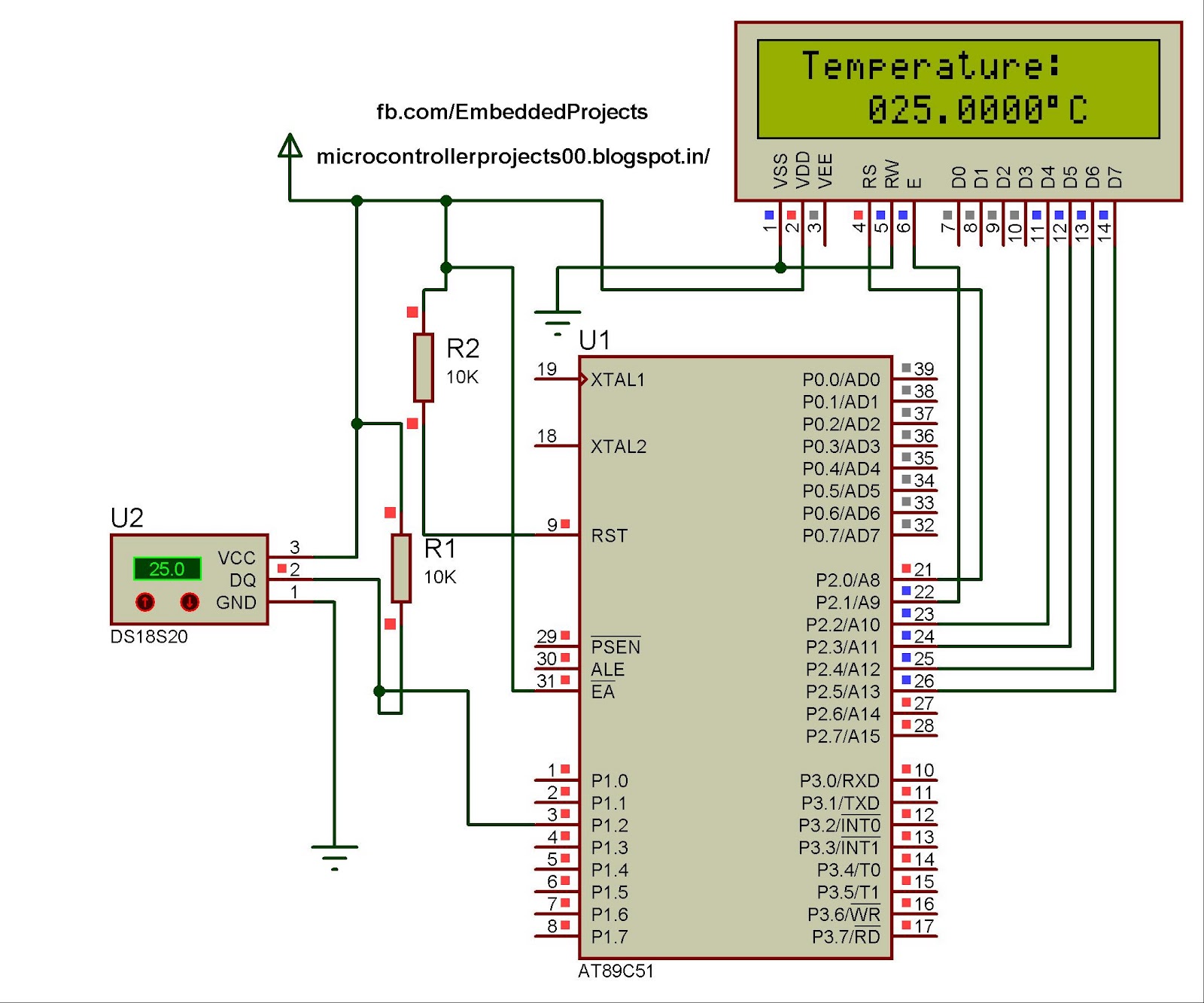
LC meter
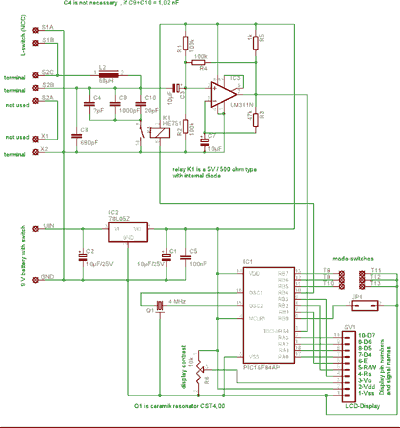
The Machtech tester is capable of measuring capacitors; however, it presents challenges when measuring short lead capacitors, particularly surface-mount devices (SMD). Additionally, there is a requirement to measure inductors. Various LC meter schematics were discovered, which are capable of measuring very small values. These meters operate based on the frequency difference generated by an LC oscillator when additional capacitance or inductance is introduced. The most precise component in the meter is the capacitor, which can be adjusted using a trimmer to achieve the desired level of precision. The design utilizes an LC generator based on the LM311 operational amplifier and a PIC16F84 microcontroller. The output is displayed on a standard alphanumeric LCD display, with a preference for larger displays salvaged from an old Hagenuk cable detector. The internal jumper JP1 enables switching between nanofarad and microfarad modes, catering to traditional users. The meter and associated components will be housed in a standard 19-inch rack from an old switch, utilizing the original power supply unit (PSU) from the switch, which provides all necessary voltages and sufficient power.
The Machtech tester is designed to enhance the measurement of capacitors and inductors by leveraging an LC oscillator circuit. The core of the circuit utilizes the LM311 operational amplifier, configured as a frequency generator. This generator produces a frequency that varies according to the values of the connected capacitor or inductor. The PIC16F84 microcontroller serves as the control unit, processing frequency data and converting it into readable values for display.
The choice of using a precise capacitor as a reference element is crucial for achieving accurate measurements. The inclusion of a trimmer capacitor allows for fine-tuning of the meter's sensitivity, enabling users to adjust the meter for higher precision when measuring small capacitance or inductance values. This feature is particularly beneficial for users needing to work with components where values are close to the limits of typical measurement devices.
The LCD display chosen for this device is significantly larger than standard options, providing improved visibility for users, especially in environments with challenging lighting conditions. The salvaged displays from the Hagenuk cable detector not only offer larger digits but also enhance the overall user experience by making readings easier to interpret.
The internal jumper JP1 is a practical feature that allows users to switch between measuring in nanofarads and microfarads, accommodating a wider range of components and user preferences. This flexibility is particularly advantageous for users accustomed to traditional measurement practices, ensuring that the device can cater to both modern and legacy applications.
Housing the entire assembly within a 19-inch rack provides a professional and organized setup, while the original PSU from the switch ensures that all components receive stable and adequate power. This design choice not only simplifies the power management aspect but also enhances the reliability of the measurement system, making it suitable for both laboratory and field applications. Overall, this Machtech tester represents an effective solution for precise measurement of capacitors and inductors, combining modern technology with practical usability for a variety of electronic testing scenarios.My Machtech tester is capable of metering the capacitors, but is very complicated to measure short lead capacitors, not speaking about SMD ones. Also, I needed to measure the coils. In I found some LC meter schematics. It was quite interesting and capable to measure very small values. It is based on the LC generator frequency difference when addi tional capacitance or inductance is attached. The only precise element in the meter is capacitor. Also, it is possible to use trimmer and set the meter to required level of precision. The meter is based on LC generator on LM311 and microcontroller PIC 16F84 (16c84). The indicator- standard alphanumeric LCD display. From old Hagenuk cable detector I removed very nice LCD displays with big numbers and symbols. They are as twice as big as normal. The internal jumper JP1 is used to switch meter from nanofard mode to microfarad. It is useful for old schoolers I`ll place this meter and other stuff to standard 19 ³ rack from some old switch. There is original PSU from the switch. It gives me all needed voltages and is quite powerful. 🔗 External reference
The Machtech tester is designed to enhance the measurement of capacitors and inductors by leveraging an LC oscillator circuit. The core of the circuit utilizes the LM311 operational amplifier, configured as a frequency generator. This generator produces a frequency that varies according to the values of the connected capacitor or inductor. The PIC16F84 microcontroller serves as the control unit, processing frequency data and converting it into readable values for display.
The choice of using a precise capacitor as a reference element is crucial for achieving accurate measurements. The inclusion of a trimmer capacitor allows for fine-tuning of the meter's sensitivity, enabling users to adjust the meter for higher precision when measuring small capacitance or inductance values. This feature is particularly beneficial for users needing to work with components where values are close to the limits of typical measurement devices.
The LCD display chosen for this device is significantly larger than standard options, providing improved visibility for users, especially in environments with challenging lighting conditions. The salvaged displays from the Hagenuk cable detector not only offer larger digits but also enhance the overall user experience by making readings easier to interpret.
The internal jumper JP1 is a practical feature that allows users to switch between measuring in nanofarads and microfarads, accommodating a wider range of components and user preferences. This flexibility is particularly advantageous for users accustomed to traditional measurement practices, ensuring that the device can cater to both modern and legacy applications.
Housing the entire assembly within a 19-inch rack provides a professional and organized setup, while the original PSU from the switch ensures that all components receive stable and adequate power. This design choice not only simplifies the power management aspect but also enhances the reliability of the measurement system, making it suitable for both laboratory and field applications. Overall, this Machtech tester represents an effective solution for precise measurement of capacitors and inductors, combining modern technology with practical usability for a variety of electronic testing scenarios.My Machtech tester is capable of metering the capacitors, but is very complicated to measure short lead capacitors, not speaking about SMD ones. Also, I needed to measure the coils. In I found some LC meter schematics. It was quite interesting and capable to measure very small values. It is based on the LC generator frequency difference when addi tional capacitance or inductance is attached. The only precise element in the meter is capacitor. Also, it is possible to use trimmer and set the meter to required level of precision. The meter is based on LC generator on LM311 and microcontroller PIC 16F84 (16c84). The indicator- standard alphanumeric LCD display. From old Hagenuk cable detector I removed very nice LCD displays with big numbers and symbols. They are as twice as big as normal. The internal jumper JP1 is used to switch meter from nanofard mode to microfarad. It is useful for old schoolers I`ll place this meter and other stuff to standard 19 ³ rack from some old switch. There is original PSU from the switch. It gives me all needed voltages and is quite powerful. 🔗 External reference
